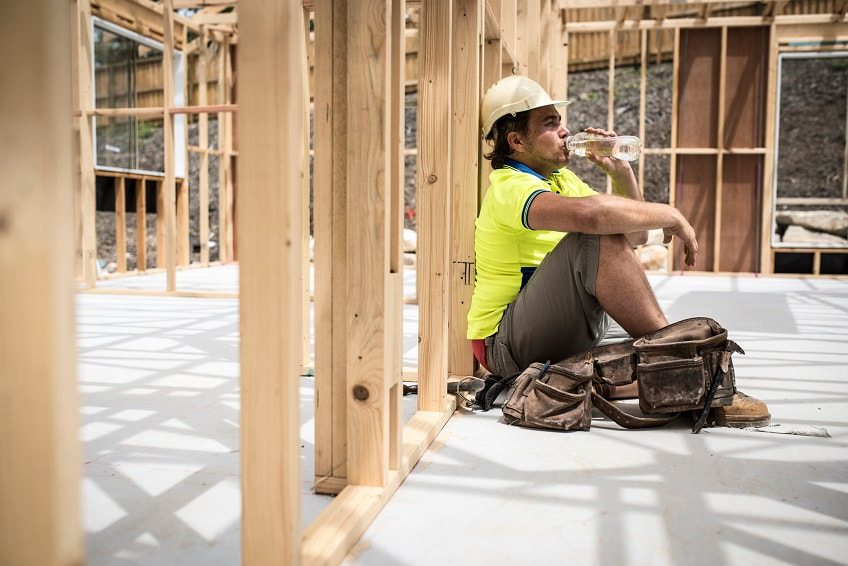With summer beginning next month, it’s a timely reminder that it’s is easy to become dehydrated or for your body to overheat. It is very important that your body temperature stays in the range of 36.1 – 37.8°C, or you risk developing a heat-related illness.
Whether indoors or outdoors, working in a hot environment can cause you to become fatigued and physically weak, as well as slow your reaction times and affect your judgement. Any of these increase your risk of injury, and you may begin to make errors, drop tools or stumble.
Similarly, UV radiation causes 95 per cent of skin cancers in Australia. All skin types can be damaged by exposure to UV radiation. The damage is permanent and irreversible – and increases with each exposure.
You can reduce the risks from exposure to UV radiation or extreme heat by:
- providing an air-conditioned area for frequent rest breaks
- providing air-conditioning and window tinting in work vehicles
- providing mechanical aids to reduce the need for strenuous physical work
- supplying lots of cool drinking water and encouraging workers to drink frequently.
- providing shade and shelter for outdoor workers
- rotating tasks, to reduce exposure to UV radiation and extreme heat
- scheduling work to cooler times of the day
- providing information, instruction, training and supervision
- providing personal protective equipment, eg: for outdoor workers – SPF 30+ sunscreen, SPF 50+ clothing, long-sleeve shirts and broad-brimmed hats.
More information: https://www.safework.nsw.gov.au/hazards-a-z/working-in-extreme-heat

 RSS Feed
RSS Feed